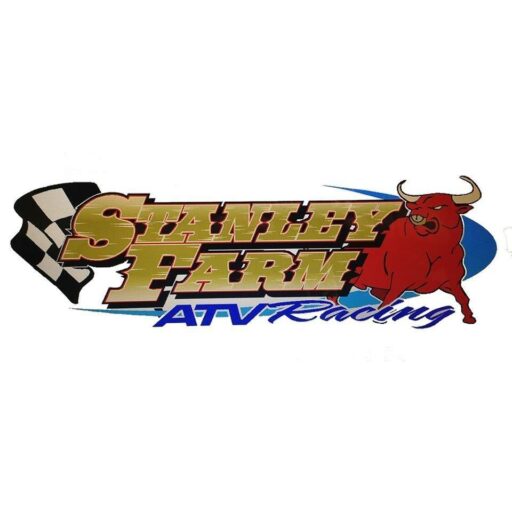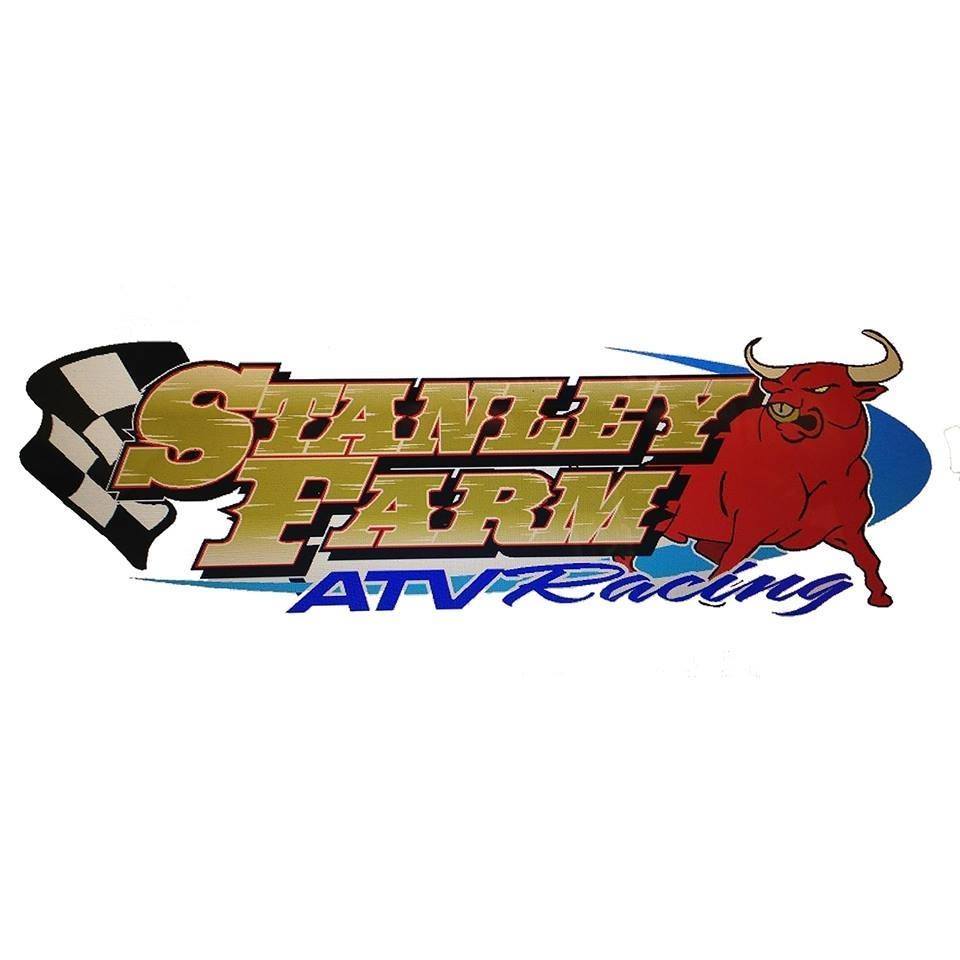Introduction
Whether you’re hauling bales, checking fences, or scouting fields, your ATV is the lifeblood of your farm. But when your four‑wheeler breaks down, you need to get back on the trails fast. That’s where the right tools for ATV repairs come in. In this guide, we’ll walk through the 8 essential tools every farm owner should have on hand to tackle common fixes and keep your machine running smoothly. Ready to gear up? Let’s dive in.
1. Basic Hand Tools for ATV Repairs
When it comes to ATV repairs, you can’t beat a solid set of hand tools. These basics cover almost every minor fix and routine maintenance task.
Wrenches and Sockets Set
A high‑quality wrench and socket set is the bread and butter of any toolkit. Look for both metric and SAE sizes, since different ATV models—whether gas or electric ATVs—use a mix of bolt standards. A sturdy case with clearly labeled sockets will save you time rummaging around in the field.
Deep vs. Shallow Sockets
Deep sockets let you reach nuts on longer bolts, while shallow sockets work in tight spaces. Having both types ensures you can tackle everything from axle bolts to handlebar clamps.
Ratchet and Torque Wrench
A ratchet speeds up removal and installation, but don’t forget a torque wrench. Over‑ or under‑tightening can damage components or lead to sudden failures. Set your torque wrench to manufacturer specifications—many found in your ATV’s user manual or on ATV models pages.
Ensuring Proper Tightening
Proper torque protects threads and seals, ensuring safe rides and fewer repairs down the road. Always double‑check critical fasteners like wheel nuts and engine mount bolts.
Screwdrivers and Pliers
Flathead, Phillips, and Torx screwdrivers are must‑haves. Pliers—needle‑nose, locking, and cutting—help with everything from spring clips on brake lines to securing cable ends. Invest in tools with comfortable grips for those long repair sessions.
2. Specialty Tools for ATV Repairs
While basic hand tools cover many tasks, ATV repairs often require specialized gear.
Tire Repair Kit
Flat tires are inevitable when off‑road. A tire repair kit with plugs, patches, and plugs—and a reliable air pump—lets you patch holes on the spot. For more stubborn damage, a bead buddy (tire‑mounting tool) helps break the bead so you can remove and reseal the tire.
Bead Buddy or Tire‑Mounting Tool
This simple—but ingenious—tool clamps onto the rim to push the tire bead inward, making tire removal possible without a tire shop. Pair it with a manual bead breaker for quick field repairs.
ATV Jack or Lift Stand
Jack stands specifically rated for ATVs let you remove wheels and work safely beneath your machine. Look for a jack with a wide, stable base and a lift range that matches your ATV’s weight. Some farm owners prefer hydraulic bottle jacks, while others invest in scissor jacks that tuck away neatly.

3. Diagnostic Tools for ATV Repairs
Finding the root cause of an issue is half the battle. These diagnostic devices help you pinpoint problems before tossing parts at the engine.
Multimeter for Electrical Checks
Nothing beats a digital multimeter for testing voltage, continuity, and resistance. Use it to diagnose dead batteries, blown fuses, or faulty wiring harnesses. With probes in hand, you can trace shorts and confirm that charging systems are working.
Compression Tester for Engine Health
Low compression often explains misfires, low power, and poor fuel economy. Screw in a compression gauge, crank the engine, and compare readings to the manufacturer’s specs. Consistent values across cylinders mean healthy rings and valves.
4. Fluid Maintenance Tools for ATV Repairs
Fluids—oil, coolant, brake fluid—keep your ATV running cool and stopping on a dime. These tools make fluid changes faster and cleaner.
Fluid Transfer Pump
A manual or electric fluid pump lets you siphon oil and coolant without tipping the ATV. Look for pumps with multiple hose diameters to fit various reservoirs. This cuts down on spills and helps you dispose of fluids responsibly—an important part of eco‑farming practices.
Oil Filter Wrench
Filter wrenches grip and spin off stubborn oil filters. Invest in an adjustable strap or socket‑style wrench that fits the most common filter sizes on farm ATVs.
Funnel and Drip Pan
A wide‑mouth funnel reduces spills when refilling. Pair it with a large drip pan to catch old fluid—then recycle it according to local regulations. Cleanliness keeps your workspace safe and prevents contamination.
5. Lubrication and Greasing Tools for ATV Repairs
Proper lubrication extends component life—particularly for chain drives and suspension linkages.
Grease Gun
A quality grease gun with a flexible hose attachment ensures you can reach tight bearings and grease fittings. Use high‑temperature grease rated for off‑road conditions. Your ATV’s service manual shows you exactly where to apply it—typically at wheel bearings, steering stems, and suspension pivots.
Chain Lube Applicator
Chains need frequent lubrication, especially if you ride in mud or dust. A chain lube applicator bottle—often with a brush tip—lets you apply grease evenly without contaminating brakes or exhaust.
6. Electrical Repair Tools for ATV Repairs
Modern ATVs include electrical components—lights, sensors, ignition systems—that sometimes need on‑the‑spot fixes.
Wire Crimping and Cutting Tools
Quality wire cutters and crimpers let you splice wires securely. Use insulated connectors and crimpers to ensure waterproof seals. A good crimper makes clean crimps without damaging the wire strands.
Heat Shrink Tubing and Soldering Kit
For permanent repairs, heat shrink tubing provides waterproof insulation. A small soldering iron—12V versions plug into your ATV’s power port—lets you solder joints for maximum conductivity and durability. Finish with heat shrink to keep moisture out.
7. Safety Gear for ATV Repairs
No matter how routine the repair, safety gear is non‑negotiable when working on heavy farm machines.
Safety Glasses and Gloves
Debris flies when you loosen bolts or work near tires. Impact‑resistant safety glasses and cut‑resistant gloves protect your eyes and hands, reducing injury risk.
Work Light and Reflective Vest
Proper lighting—LED work lights or headlamps—ensures you see leaks and small components clearly, even at dawn or dusk. A reflective vest keeps you visible if you’re repairing near farm traffic or in low‑light conditions.
8. Organization Tools for ATV Repairs
Keeping records and gear organized saves time and prevents lost parts.
Maintenance Logbook or App
Record every oil change, filter swap, and tire repair in a dedicated log—paper or digital. Logging dates, tools used, and findings helps you predict when the next service is due. Check out maintenance logs and how‑to guides on Farm‑ATV.com’s maintenance pages.
Tool Storage and Organization
A sturdy tool chest or portable box keeps everything in its place. Label drawers and keep spare parts—nuts, bolts, fuses—in clear bins. Organization means fewer “oops, I lost that specialty bit” moments in the mud.
Conclusion
Equipping yourself with the right tools transforms ATV repairs from a dreaded chore into a straightforward task. From basic hand tools to diagnostic devices, fluid pumps to greasing guns, each piece of gear plays a critical role in keeping your farm ATV in top shape. With these 8 essential tools, you’ll boost uptime, reduce repair costs, and stay out on the trails longer. For more detailed tips, explore Farm‑ATV.com’s how‑to guides and ATV accessories pages—your ultimate resource for off‑road farming success.
FAQs
1. How often should I inspect and replace ATV fluids?
Routine fluid checks—oil, coolant, brake fluid—should occur every 25–50 hours of operation. Change oil and filter at least once per season, or more often if you ride in harsh conditions. Refer to your ATV’s manual for exact intervals.
2. Can I use automotive tools for ATV repairs?
Yes, many automotive hand tools—wrench sets, pliers, screwdrivers—work perfectly on ATVs. Just ensure you also have ATV‑specific items like bead breakers and torque wrenches set to the proper low‑range specs.
3. What grease should I use for ATV bearings?
Choose a high‑temperature, water‑resistant lithium grease rated for off‑road and agricultural use. This type withstands mud, rain, and heavy loads.
4. Is a multimeter necessary for all farm owners?
If your ATV has electrical accessories—lights, winches, or sensors—a multimeter is invaluable. It helps you diagnose blown fuses, charging issues, and faulty wiring.
5. How do I safely lift an ATV without a professional jack?
Use a sturdy wooden block and a hydraulic floor jack rated above your ATV’s weight. Always support the ATV on jack stands before crawling underneath.
6. Are there eco‑friendly options for disposing of used ATV fluids?
Yes—many recycling centers accept used oil, coolant, and brake fluid. Some auto shops also provide drop‑off services. Practicing proper disposal aligns with eco‑farming principles.
7. Where can I find replacement parts and accessories?
Check the ATV models and farm equipment sections on Farm‑ATV.com for OEM and aftermarket parts, plus ATV attachments to enhance productivity.


